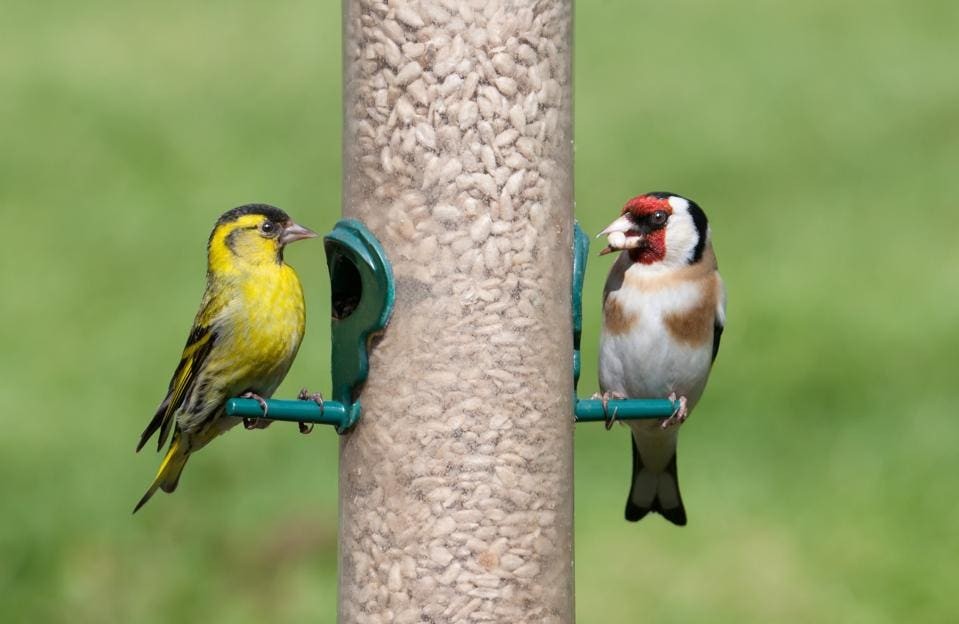Each winter, I hang a bird feeder in a birch tree a few feet outside of my study window. The feeder has become a source of joy as I start my day by watching these beautiful creatures. They peck at the feeder windows, take what they need and then fly away. It is a model of a community living together, respecting each other’s space and sharing what is available.
The community is indeed diverse. Birds of all sizes and species show up each morning. They seem to be expert at taking a bite, flying off to a tree branch to make room for the next visitor, and then returning if they need more. No one monopolizes the perches; they visit and move on.
Until…one morning a large blue jay came squawking to a tree branch, loudly announcing his arrival and taking a seat on the branch holding the feeder. His loud noise sounded threatening and sent all the other birds scurrying away. He did not eat any of the seeds, his purpose seemed to just disrupt the peacefulness of the community. And, unfortunately, he did just that, but only for a short while. The birds flew off to hide in the nearby bushes and far-off branches until he was done with his bluster, and it was quiet again. Then, little by little, the rhythm of the community was restored, and their beautiful ritual began again.
What Would Happen If I Tried To Get Near?
Once, as I was heading out to meet a friend, I walked toward the feeder and stood quietly for a few minutes. I was curious about what would happen. Would they be afraid of me and stay away until I left, or, if I was patient, would they see I was not a threat and come back to feed? I walked slowly and then stopped. While I was moving, most flew to nearby tree branches. But when I was still for just a couple of minutes, they began to come back and feed. They were cautious and curious, and did not let fear guide their lives.
I’m not an ornithologist so I don’t know if there is something more behind the behaviors I observed. But, at a minimum, it seems that the bird community is very wise, managing their fear and assessing possible threats well, sharing what is available so all are well, and not allowing toothless noise to disrupt their connections to the community.
What lessons do you glean from their wisdom? At a time when communities seem to be weakening, can these birds remind us of what is important, and how to work with potential disruptions?

